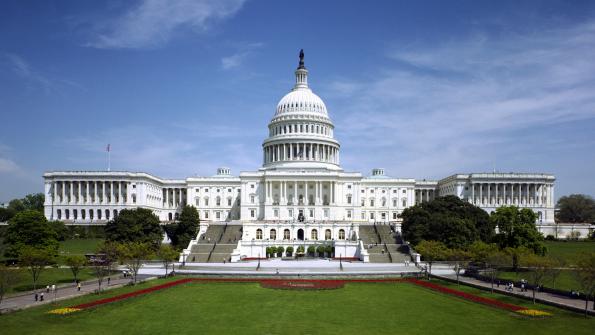October 29, 2013

The Farm Bill which was scheduled to be enacted in 2012 got mired in partisan politics last year. In classic kick-the-can-down-the-road fashion, lawmakers simply passed a one-year extension.
To their credit, the Senate and House at least passed their versions of a Farm Bill earlier this year. But those versions reflect the ideological divide as clearly as a polished mirror. Most of the media attention has focused on the Supplemental Nutrition Assistance Program, formerly known as food stamps. The Senate bill proposed to cut SNAP by $4 billion. The House version could chop $39 billion from the program.
On farm subsidies, both chambers agree that direct payments to crop producers should be replaced with a form of crop insurance. Democrats and farmers in northern states tend to favor limits on payments to large farmers. Southerners and Republicans favor an open checkbook. Southerners have historically protected the interests of cotton, soybeans and rice. Northerners have been more supportive of small farmers and alternative agriculture.
In fantasy football fashion, let’s look at the conference committee lineups.
Of the 17 House Republican conferees, nine come from Texas, Oklahoma, Alabama, Florida and Georgia. Three of five Senate Republicans on the committee are from Mississippi, Georgia and Arkansas. Among the 12 House Democratic conferees, all but two come from northern states or the West Coast. None of the Senate Democratic conferees come from states south of the Mason Dixon Line. Democratic conferees on the House side include at least five urban members with large numbers of constituents relying on SNAP.
This is a classic North vs. South matchup.
While SNAP and commodity polices will take center stage in the negotiations, farmers and ranchers of every stripe will be impacted by the outcome.
Ranchers pulling dead cattle out of snowdrifts following the recent blizzards in South Dakota and Nebraska are wondering if they will be covered by the Emergency Livestock Assistance program. Decisions regarding the Organic Agriculture Research and Extension Initiative, the Sustainable Agriculture Technology Development and Transfer Program, and the Organic Cost-Share Program will directly affect producers in those fields. Ultimately, the extent of the federal government’s continued support for conventional commodity agriculture will play a large role in determining how many farmers consider transitioning to alternative and organic production.
Just like the budget situation, lawmakers face a looming deadline on the Farm Bill. Without new legislation, farm policy will revert back to the “permanent” law of 1949. Those 65-year-old provisions would cause shockwaves throughout the food system.
With politicians still mopping up blood from the recent budget showdown battle, let’s hope they remember a little sportsmanship this time around and don’t lead us to a food policy shutdown on Jan. 1.
You May Also Like


